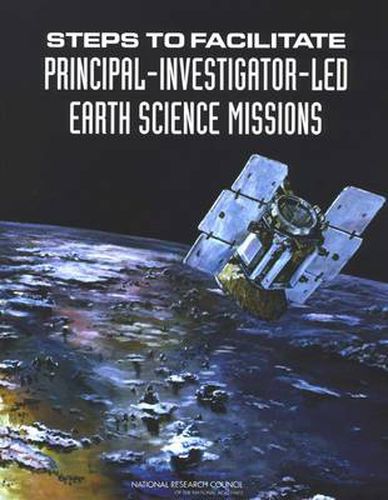Readings Newsletter
Become a Readings Member to make your shopping experience even easier.
Sign in or sign up for free!
You’re not far away from qualifying for FREE standard shipping within Australia
You’ve qualified for FREE standard shipping within Australia
The cart is loading…






Principal-investigator (PI) Earth science missions are small, focused science projects involving relatively small spacecraft. The selected PI is responsible for the scientific and programmatic success of the entire project. A particular objective of PI-led missions has been to help develop university-based research capacity. Such missions, however, pose significant challenges that are beyond the capabilities of most universities to manage. To help NASAa ™s Office of Earth Science determine how best to address these, the NRC carried out an assessment of key issues relevant to the success of university-based PI-led Earth observation missions. This report presents the result of that study. In particular, the report provides an analysis of opportunities to enhance such missions and recommendations about whether and, if so, how they should be used to build university-based research capabilities.
$9.00 standard shipping within Australia
FREE standard shipping within Australia for orders over $100.00
Express & International shipping calculated at checkout
Principal-investigator (PI) Earth science missions are small, focused science projects involving relatively small spacecraft. The selected PI is responsible for the scientific and programmatic success of the entire project. A particular objective of PI-led missions has been to help develop university-based research capacity. Such missions, however, pose significant challenges that are beyond the capabilities of most universities to manage. To help NASAa ™s Office of Earth Science determine how best to address these, the NRC carried out an assessment of key issues relevant to the success of university-based PI-led Earth observation missions. This report presents the result of that study. In particular, the report provides an analysis of opportunities to enhance such missions and recommendations about whether and, if so, how they should be used to build university-based research capabilities.